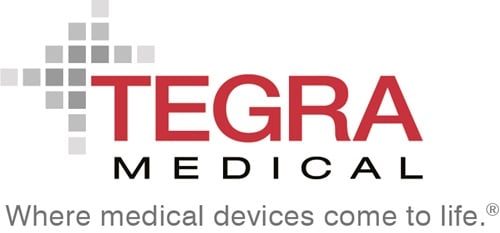Surgical robotics design and development
Surgical robotics design and development is the process of creating a surgical robotic system to the point of manufacturing. Given the complexity and number of parts in a surgical robot, some medical equipment OEMs opt to outsource the design. This could be the whole system or a specific component.
Medical device design houses often have specific areas of expertise and processes. Services offered by such companies can include:-
- Research and feasibility
- Concept generation
- Product design
- Technology and product development
- Quality management
- Regulatory
- Manufacturing.
When selecting a design partner, it is important to consider track record in the medical device sector. The sector is highly regulated and an experienced design house can provide a great deal of value.














